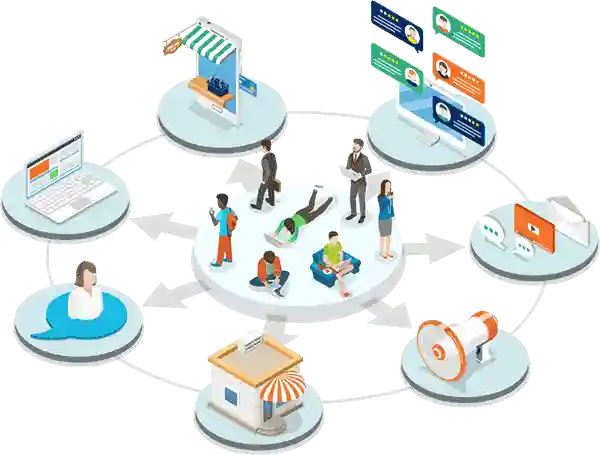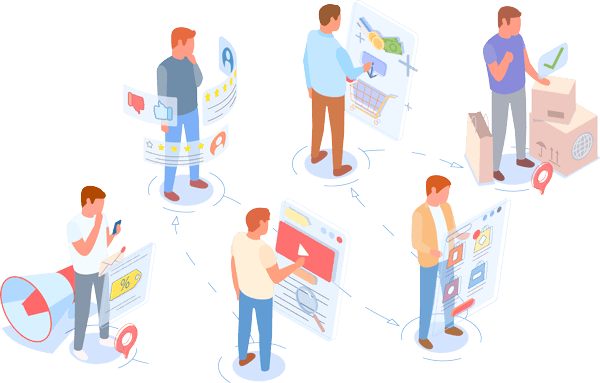The needs of customers are changing. They want an on-demand experience, where they view products and ask questions when it suits them, on a channel of their choice. They expect brand consistency and a shopping experience that is the same everywhere. Omnichannel eCommerce responds to this. It is a combination of targeted touchpoints and centralized channels. The information that the customer sees, connects everywhere; from webshop to mobile phone and from email to store. An omnichannel strategy is not about the product or service, but the customer.


Benefits of an omnichannel strategy:
Do you want to give your visitors a smooth B2B shopping experience? How do you make sure that all your sales channels work in harmony? In this whitepaper, we look at why an omnichannel is suitable for B2B and analyse the steps needed to make such a strategy happen.